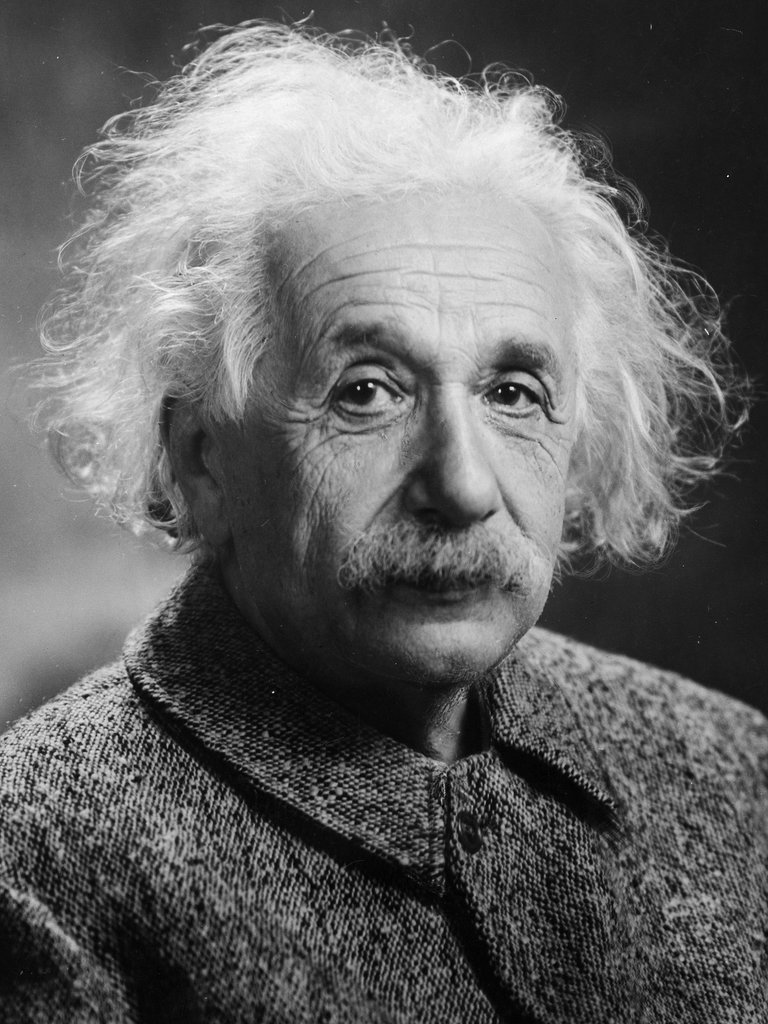The Mysterious World Of The Microcosm (Quantum Physics)
Quantum Physics
Hello friends and Reader's I hope you all are doing very well in your life and eager to know about new new things around the world

Image by Gerd Altmann from Pixabay
Alain Aspect, John F. Klauser, and Anton Cylinger, three French physicists, have been given the 2022 Nobel Prize in Physics. Each of the three has conducted a unique quantum entanglement experiment. The quantum correlation Although quantum correlation is a challenging process, scientists believe that in the future, ultra-fast quantum computers will be possible thanks to it. It is possible to communicate quantumly.
Energy can also be absorbed and transferred from space, as well as increased without any obstacles from one planet to another. Additionally, you may fit 100 GB of data on a memory card with a 1 GB capacity by compressing it. In the future, teleportation will be the main benefit of quantum correlation. By transforming atoms into atoms, this allows for the quick transportation of a person or object from one location to another. After then, it ought to be put back in its original configuration. In other words, you won't need to take a bus, train, or aeroplane to get from Delhi to New York in a flash.
Where did it start

Image by Welcome to All ! ツ from Pixabay
This is still only a theory, though. When Newton discovered the force of gravity, he was the first to address the theory of quantum correlation. However, Albert Einstein then worked on it specifically. According to him, quantum correlation is the development of two or more interdependent particles that are existent at the quantum level and their collaboration in any activity. However, neither of them knew the other. Both cannot be stated separately. Because measurements of particle's speed, position, rotation, and polarization are related to one another, this phenomenon is known as correlation. The laws of the macrocosm and the microscopic universe were thought to be entirely distinct in the early days of quantum physics. Where is the boundary between the micro and the macro? could still be a valid issue, but quantum mechanical advancements were so astounding that there was no time for such inquiries. Niels Bohr would handle the philosophical questions, so quantum physicists focused on their calculations to unravel the microcosm's mysteries. However, there were other scientists who played important roles in the development of quantum physics but were nonetheless utterly dissatisfied with its nature and interpretation, including Albert Einstein, The Bagli, and Arwin Schrödinger. The 1935 thought experiment by Einstein, Podolsky, and Rosen showed the truth of remote correlation.
An excellent illustration of the inherent determinism in the quantum world is the radiation process from radioactive elements. The manifestation of quantum determinism is the indeterminacy of the moment at which a given atom will release radioactively. Although it is impossible to predict which atom will emit radiation when, the energy released by trillions of atoms can be predicted based on their radiation potential.
You can't predict whether a coin will land on its head or tail, just like when you throw one. This is so because there is a 50% chance of receiving a head on any bounce and a 50% chance of getting a tail. A radioactive atom's radiation potential for a specific amount of time is known. From this, it is impossible to predict when a specific atom will emit radiation, but it is possible to predict how much energy the entire mass of matter will emit.
Why is it actually required?
The issue with quantum entanglement is quite complicated. They lose their energy as soon as photons, or light, emerge from between them. We must be aware of the existence of photon entanglement in order to employ them. Or not. The ability to address energy and storage-related issues in the future will result from this. At the molecular level as well.
Is there really quantum entanglement?
We are aware that by examining an object physically, we can determine its size or volume. However, this is incorrect. Niels Bohr and Albert Einstein had a disagreement on quantum entanglement. According to Niels Bohr, there is no such thing. Because quantum mechanics is so fine, it is impossible to measure a particle's precise location or swing characteristics without actually seeing it.
The connection between quantum entanglement and ghostly distance
Spooky Action is a word frequently used in discussions of quantum entanglement. Niels Bohr asserted that two separate particles with dissimilar physical properties cannot coexist in this space, despite the fact that Einstein, Podolsky, and Rosen had demonstrated their hypothesis. Even if, for a brief period of time, it is unable to convert or transfer its attributes to one another during the experiment. Because there can be no relationship of any type between two identical particles without an exact medium. It is a little eerie, or spooky. Spooky action gets its name from this reason.
What is quantum physics greatest benefit?
Why is understanding quantum entanglement important? because quantum computers will someday be created. Qu bits, the encoding units of a quantum computer, may be processed with ease thanks to quantum entanglement.
The ability to store enormous amounts of data in a tiny amount of space will be the major benefit of quantum entanglement in the future. In other words, we can compress and maintain a 100 GB file on a 1 GB memory card. Interaction will be simple. It will be simple to travel.
The structure of molecules and atoms is very dense as a result of quantum entanglement. This was not your typical circumstance. An object's original shape is not altered by this. However, it still exists, even in a limited area.
Thanks..... I hope you all like this post.....